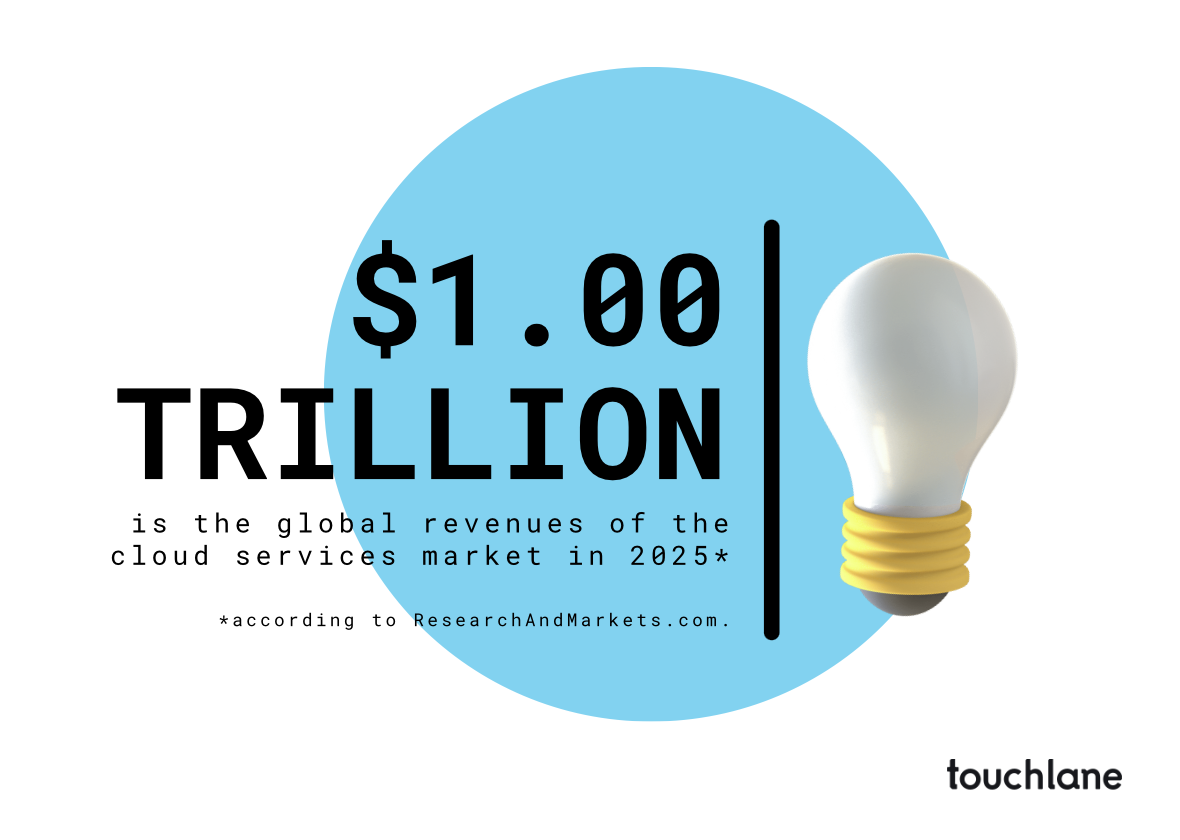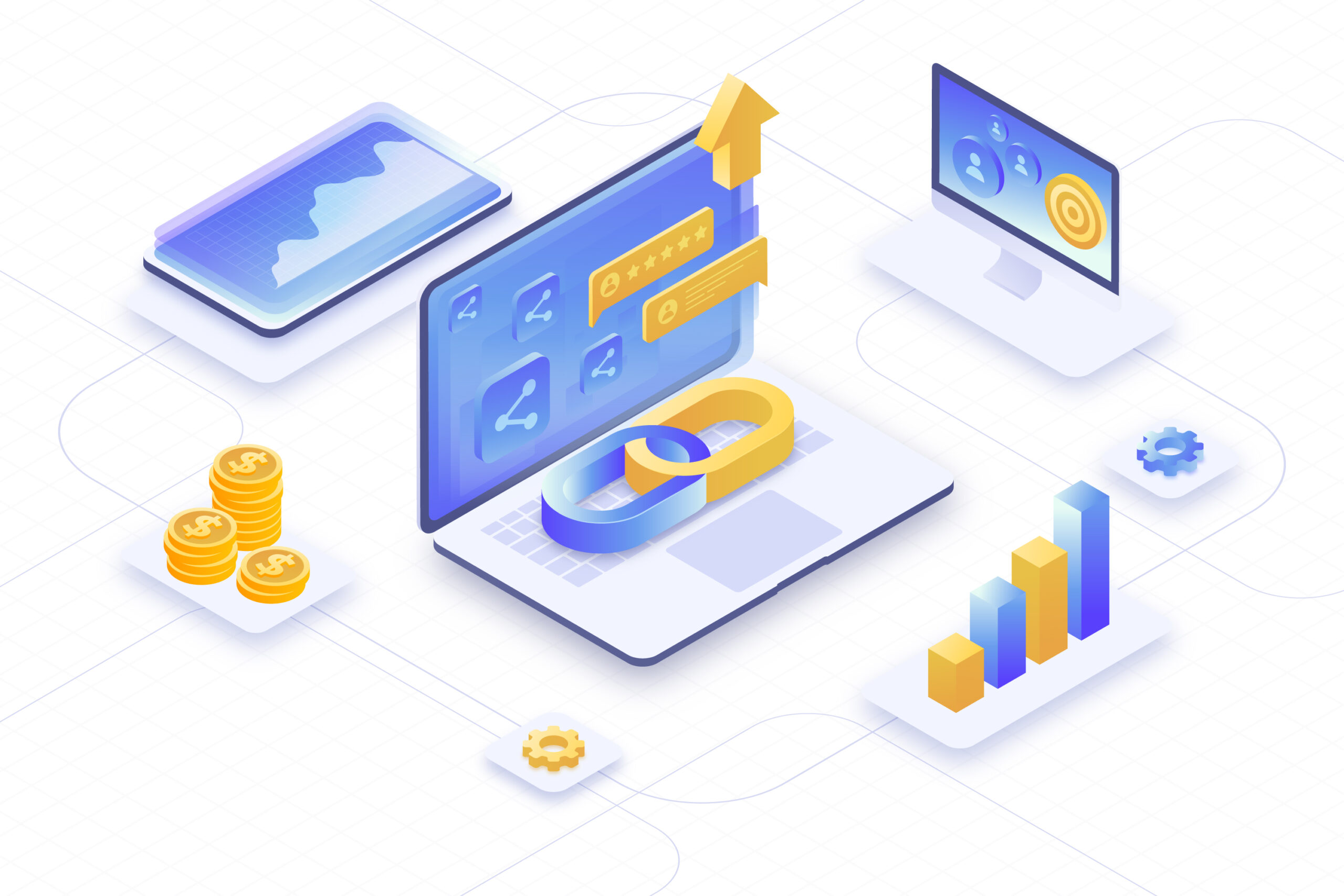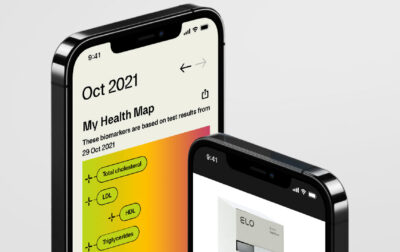How to create a scalable cloud-based application in 2025
Intro
In 2025, it is no longer sufficient for software just to work. It has to grow with your company – without faltering or depleting your resources.
Scalability opens doors to new opportunities. Companies that are not constrained by inflexible IT systems can introduce new services or enter new markets.
The cloud services industry is predicted to reach $2.9 trillion by 2030, having grown from $810.01 billion in 2024 to $1.00 trillion in 2025. Due to the cloud’s real-time resource adjustments, businesses can also respond to market and customer demands more rapidly.
In addition, when customer demand spikes, a scalable cloud application can manage the increased load. It may reduce the usage of resources and avoid wasteful spending during slower times. This flexibility allows companies to keep costs under control – all while maintaining a constant level of service quality.
In this article, our team at Touchlane will walk you through the key principles behind building a scalable cloud-based application. We will highlight the right platforms and share security considerations for the process.
If you are on a mission to learn how to build scalable web applications, this blog will provide all the necessary tips.

Five key principles of scalable cloud applications
To create a cloud-based application that goes hand-in-hand with market demands, business leaders need to be guided by the core principles below from the start.
1.
Build your app with MICROSERVICES
Divide the application into smaller sections. It is simpler to develop one function without affecting the others when each one can stand alone. Better resource management, fewer delays, and quicker releases are the results of this.
2.
Choose stateless architecture
Keep user data and application logic apart. In stateless architecture, every request made by a client to a server is handled as a separate transaction. With this strategy, the system can expand across servers and geographical locations without losing focus. It also facilitates quick scaling during periods of high traffic and makes international expansion easier.
3.
Your infrastructure should be elastic
Cloud platforms let companies instantly scale or reduce their resources in response to demand. New resources are automatically brought online during periods of high user activity, and they are scaled back during periods of low activity to control costs. You can respond quickly to expansion or unforeseen spikes and never pay for unused infrastructure.
4.
Plan your data strategy for scaling
Not every type of data requires the same approach. For frequent reads, use distributed, fast databases. For backups and archives, use long-term storage. As data grows with the business, a smart mix helps keep costs under control and performance high.
5.
Avoid errors with automation
Automate steps like recovery, monitoring, and deployment. This expedites responses and eliminates human error. For businesses that depend on continuous uptime to serve customers, a self-correcting system means fewer surprises and downtime.
Choosing the right cloud platform for your application
Businesses must make a crucial choice when developing scalable apps – which cloud platform will best support their objectives and expansion in the future?
In 2025, Amazon Web Services (AWS), Microsoft Azure, and Google Cloud Platform (GCP) are the three main companies that control the market.

Amazon Web Services (AWS)
Its strongest points are its global reach and array of services. AWS is worth a careful examination if your team values flexibility and you expect rapid scaling or global expansion. Many rapidly expanding tech companies opt for it as they aim to grow their platform at a steady pace.
Microsoft Azure
Azure will be attractive to companies that have already invested in Microsoft products like Office 365 or Windows Server. It provides solid assistance for security and compliance standards for business-to-business (B2B) operations, particularly those in regulated industries.
Google Cloud Platform (GCP)
Data, analytics, and artificial intelligence are the main focuses of GCP. It offers powerful capabilities if your company relies on real-time insights, machine learning, or processing large amounts of data. Additionally, it works well with multi-cloud configurations and open-source tools. GCP is frequently chosen by startups that create data-intensive products.
How to make your choice
Different businesses may benefit from different platforms. This depends heavily on the specific requirements:
- Do you rely heavily on Microsoft products? Then, your best choice is Azure.
- Are you creating a one-of-a-kind, fast-moving app? AWS offers extensive coverage.
- Is your product built around data? You might be best suited for GCP.
Keep your team members in mind as well. What are their advantages? The platform that your developers can quickly learn and use is the best. A steep learning curve can impede progress more than any technological gap.
For a more in-depth comparison of AWS, Azure, and GCP, read Touchlane’s guide on the Big 3. In the article, we break down prices and highlight major services for each platform.
How to build scalable applications for high availability and fault tolerance
If your application is powered by the cloud, every minute of downtime can cost you money and destroy customer trust. This is why for successful operation, your app should have high availability and fault tolerance.
The significance of high availability for your company
High availability guarantees that your systems are always operational. Uninterrupted access is essential, regardless of whether you run an e-commerce platform or handle private medical data. Since cloud platforms use distributed infrastructure, your services will continue to function even if one component fails.
Essential reliability principles
- Never rely on a single server
Distribute your application among several locations or data centers. In this manner, another location can quickly take over in the event of an outage at one.
- Use auto-healing infrastructure
Your system should instantly replace anything that breaks. Consider it similar to having standby employees ready to take over if someone calls in sick.
- Replicate your app’s data across zones
No important information should be lost in a single failure. Test those backups frequently to make sure they are not just sitting there doing nothing. If they are inoperable when you need them, they are merely additional storage expenses.
- Create your app with graceful failure handling in mind
The system should not crash if one part fails. Build with isolation in mind, so that when problems arise, each component performs its function without bringing down the others.
How these techniques benefit your business
Continuous operations
Your services are available to clients at all times, which fosters trust and loyalty.
Predictable performance
When you minimize performance fluctuations, redundant systems and error detection improve the consistency and dependability of your application’s behavior.
Data protection
Redundant storage and real-time backups keep your company’s vital information safe. They guard it against data loss, accidental deletion, and corruption.
Competitive edge
Through reliable service delivery, you can preserve a solid reputation in your market by differentiating yourself from rivals who suffer from outages.

Security considerations for scalable cloud apps
More users, more data, and more entry points – these are all risks that come with scaling. Growth can become exposure if your app’s security foundation is not strong enough.
Key security risks in the cloud
- Attackers frequently target sensitive customer or financial data in data breaches, which rank high on the list. Easy entry points are created by outdated protocols, poorly configured settings, and weak passwords.
- Insider threats, whether intentional or not, are always dangerous. Workers or contractors with extensive access may inadvertently reveal personal information or become targets of malware and phishing scams.
- Incorrect permissions or open storage buckets are examples of misconfigurations that commonly result in disastrous data leaks and noncompliance with regulations.
- Supply chain attacks and compromised third-party integrations put not only your company at risk but also your clients and partners.
Building security into your cloud strategy
If you want to protect your app and your business, focus on these core actions:
Strong access control
Not every team member requires complete access to every aspect of your system. As roles change, modify permissions and specify who has access to what. This is about limiting exposure when something goes wrong, not about limiting your team.
Encryption everywhere
Encrypt critical information while it is in transit and at rest. Use tried-and-true protocols such as AES-256 for stored data and TLS for data in transit. Be careful when handling encryption keys to prevent them from becoming a weak point.
Continuous monitoring and auditing
Install tools that monitor activity in real time throughout your cloud environment. To identify and address threats before they become more serious, set up alerts for suspicious activity and regularly audit logs.
API Security
Secure APIs with solid encryption and authentication. Use API gateways to verify and regulate traffic, and test them frequently for vulnerabilities.
Regular security assessments
Plan penetration tests and vulnerability scans to find flaws. To identify new threats, automate security scanning and apply patches as soon as possible.
Backup and recovery
Keep a verified disaster recovery plan and conduct regular, secure backups. Restoring quickly reduces the impact of attacks or system malfunctions.
Zero-trust approach
Never assume someone is trustworthy just because of their role or location. Verify each user and device, and keep an eye out for any odd activity, particularly given how quickly cloud environments are growing and changing.
Conclusion
Designing a scalable cloud-based app calls for thoughtful architectural choices, adaptable infrastructure, and a proactive approach to security. The road to scalability is technical, not theoretical, and includes stateless design, microservices, multi-zone backups, and automated recovery.
Moreover, the architecture of your product, team capabilities, and long-term data strategy all influence which platform – AWS, Azure, or GCP – is best. Additionally, your approach to fault tolerance must change as you expand without compromising protection or availability.
Are you prepared to implement these ideas? Contact Touchlane, and we will assist you in creating a cloud application that is ready for practical expansion.
RELATED SERVICES
CUSTOM MOBILE APP DEVELOPMENT
If you have an idea for a product along with put-together business requirements, and you want your time-to-market to be as short as possible without cutting any corners on quality, Touchlane can become your all-in-one technology partner, putting together a cross-functional team and carrying a project all the way to its successful launch into the digital reality.
If you have an idea for a product along with put-together business requirements, and you want your time-to-market to be as short as possible without cutting any corners on quality, Touchlane can become your all-in-one technology partner, putting together a cross-functional team and carrying a project all the way to its successful launch into the digital reality.
We Cover
- Design
- Development
- Testing
- Maintenance











